Introduction
Embarking on a low FODMAP diet can be a transformative journey for individuals grappling with irritable bowel syndrome (IBS). FODMAPs, fermentable oligosaccharides, disaccharides, monosaccharides, and polyols are carbohydrates that can trigger digestive discomfort in susceptible individuals. As awareness of IBS grows, so does the need for dietary solutions that align with diverse lifestyles, including the rising interest in veganism.
This article serves as a guide to bridge this gap by providing a comprehensive “low FODMAP vegan food list.” By delving into the intricacies of FODMAPs and offering practical insights, we aim to empower individuals to make informed dietary choices that support their ethical and health-related objectives. Join us in exploring a low FODMAP vegan journey, where delicious, plant-based options become the cornerstone of a gut-friendly lifestyle.
Understanding FODMAPs and their Impact
FODMAPs, an acronym for Fermentable Oligosaccharides, Disaccharides, Monosaccharides, and Polyols, are a group of carbohydrates that can be poorly absorbed in the small intestine. For individuals with Irritable Bowel Syndrome (IBS), the presence of these compounds can lead to various digestive symptoms, including bloating, gas, and abdominal pain. Oligosaccharides, found in certain grains and vegetables; disaccharides, present in dairy products; monosaccharides, commonly in some fruits; and polyols, found in certain sweeteners and stone fruits, are the specific types of FODMAPs that can trigger discomfort.
Understanding the impact of FODMAPs on digestive health is crucial for those navigating a low FODMAP diet. This dietary approach involves restricting the intake of high-FODMAP foods to alleviate IBS symptoms. Individuals can manage and mitigate the discomfort associated with IBS by reducing the consumption of these fermentable carbohydrates. It’s important to note that the effectiveness of a low FODMAP diet may vary from person to person, and it is advisable to undertake such dietary changes under the guidance of a healthcare professional or a registered dietitian.
Adopting a low FODMAP diet can be particularly challenging for vegans, as many plant-based foods that form the foundation of their diet, such as certain legumes, fruits, and vegetables, are high in FODMAPs. Nevertheless, with careful planning and informed choices, individuals can maintain a vegan lifestyle while adhering to the principles of a low FODMAP diet. In the subsequent sections, we will delve into a comprehensive low-FODMAP vegan food list, providing valuable insights to aid this dietary balancing act.
The Low FODMAP Vegan Diet Explained
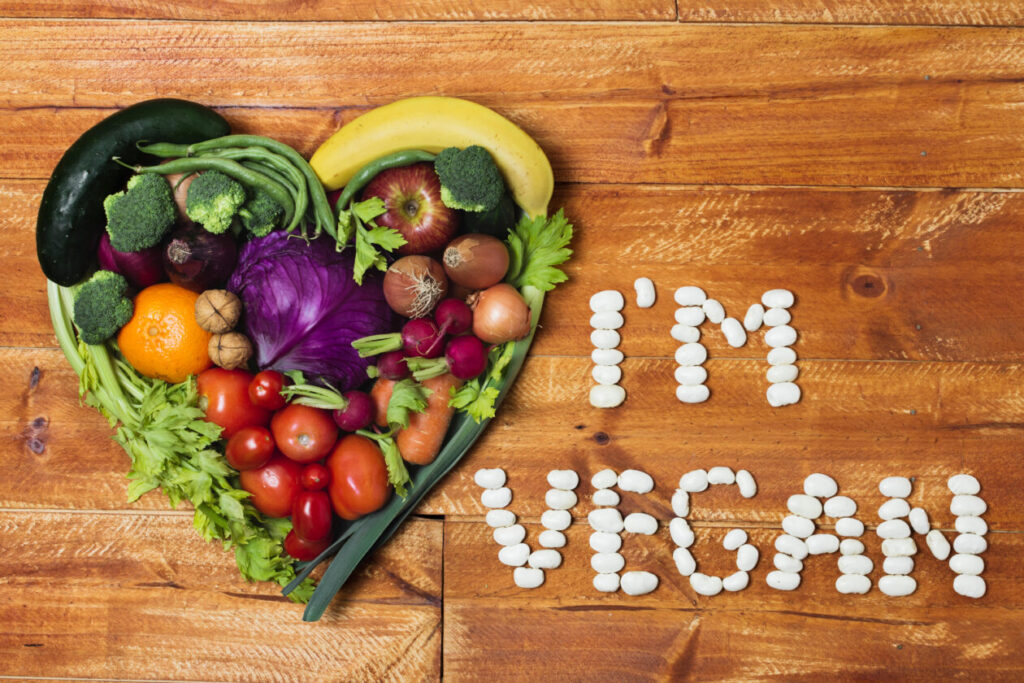
Adopting a low FODMAP vegan diet involves combining the principles of a vegan lifestyle with the restrictions of a low FODMAP diet. This dietary approach is designed for individuals with Irritable Bowel Syndrome (IBS) who are also committed to the ethical and health aspects of veganism. The potential benefits of a low FODMAP vegan diet include alleviating digestive discomfort commonly associated with IBS, making it a promising option for those seeking a plant-based solution to manage their symptoms.
However, it’s essential to address concerns about the perceived restrictiveness of a low FODMAP vegan diet. Careful planning becomes crucial since many plant-based staples such as beans, certain fruits, and cruciferous vegetables are high in FODMAPs. This involves identifying and incorporating suitable alternatives into a well-balanced, nutritionally adequate diet. Despite the challenges, a low FODMAP vegan diet can be diverse and satisfying, offering many delicious and nourishing options.
Before embarking on a low FODMAP vegan journey, consulting with a healthcare provider or a registered dietitian is strongly recommended. Their expertise can help tailor the diet to individual needs, ensuring that essential nutrients are not compromised. This personalized approach can enhance the effectiveness of the low FODMAP vegan diet while minimizing the risk of nutritional deficiencies. In the subsequent sections, we will delve into a detailed typical FODMAP vegan food list, providing valuable insights to guide individuals toward making informed and health-conscious choices.
Low FODMAP Vegan Food List
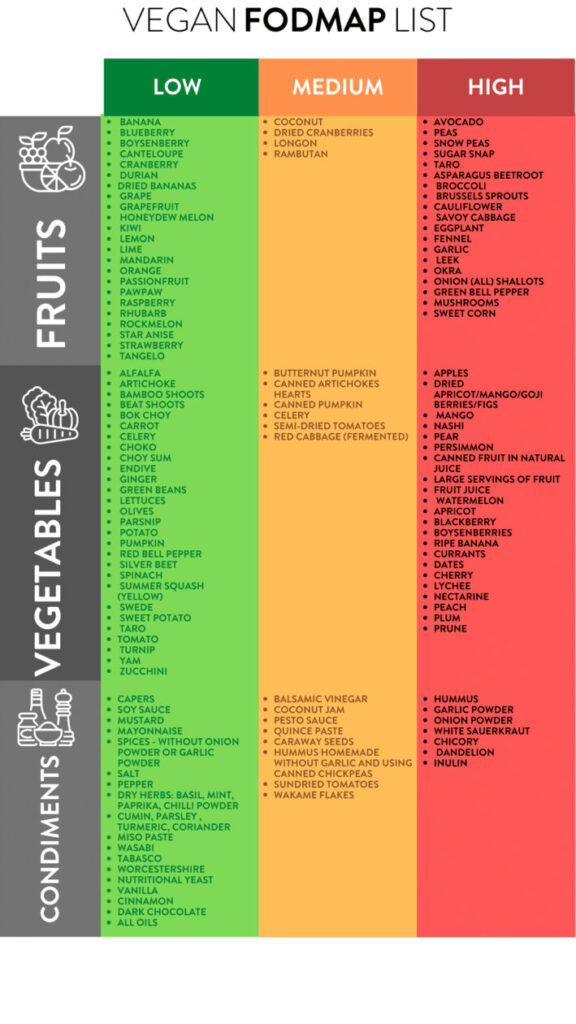
Navigating a low FODMAP vegan diet involves discovering a diverse array of nutritious and gentle foods on the digestive system. Let’s explore a comprehensive list across different categories:
1. Fruits:
- Berries: Strawberries, blueberries, and raspberries are rich in antioxidants and low in FODMAPs.
- Citrus: Oranges, lemons, and limes can add flavor without triggering symptoms.
- Kiwi: This vibrant fruit is delicious and low in FODMAPs.
2. Vegetables:
- Leafy Greens: Spinach, kale, and Swiss chard provide essential vitamins without contributing to FODMAP intake.
- Root Vegetables: Carrots and parsnips are excellent choices, offering both flavor and nutrition.
- Bell Peppers: Colorful and versatile, bell peppers are low FODMAP and can be included in various dishes.
3. Grains:
- Quinoa: A protein-rich grain that serves as an excellent base for many low-FODMAP vegan meals.
- Rice: Both white and brown rice are FODMAP-friendly and can be used in diverse recipes.
4. Proteins:
- Tofu: A staple in vegan diets, tofu is a low FODMAP protein source that can be incorporated into various savory and sweet dishes.
- Tempeh: Fermented soy product with a unique taste, offering a protein boost in low FODMAP meals.
5. Plant-Based Dairy Alternatives:
- Almond Milk: A popular dairy alternative that is low in FODMAPs and can be used instead of regular milk.
- Coconut Yogurt: Rich and creamy, coconut yogurt is a tasty, low-FODMAP option for those craving dairy alternatives.
6. Juice:
- Cranberry Juice: A refreshing drink option that aligns with a low FODMAP diet.
- Orange Juice: Limits of orange juice can be included for a citrusy flavor.
7. Juice:
- Cinnamon: A flavorful and aromatic powder that enhances the taste of dishes without FODMAP concerns.
- Ginger Powder: A spice that adds warmth and depth to recipes, suitable for a low FODMAP diet.
- Turmeric: Known for its anti-inflammatory properties, turmeric is a FODMAP-friendly powder for seasoning.
To maximize the nutritional value of these foods, focus on creating balanced and flavorful meals. For instance, try combining low FODMAP fruits with quinoa for a refreshing salad or incorporating tofu into stir-fries with colorful vegetables. Experimenting with different combinations will keep your meals exciting and ensure you meet your dietary requirements while following a low FODMAP vegan lifestyle.
Foods to Avoid on a Low FODMAP Vegan Diet
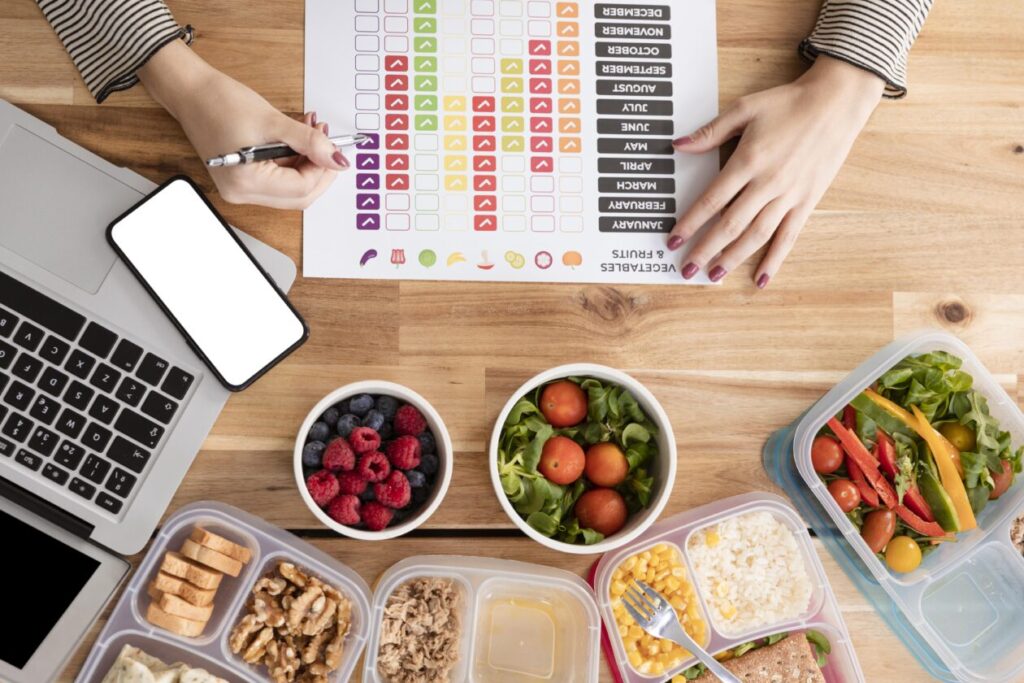
Embarking on a low FODMAP vegan journey necessitates a keen awareness of foods that might trigger irritable bowel syndrome (IBS) symptoms. Here’s a list of items to be cautious about:
1. High FODMAP Fruits:
- Apples: While nutritious, apples contain excess fructose, making them a high FODMAP choice.
- Pears: Similar to apples, pears can be a trigger due to their fructose content.
- Mangoes: Delicious but high in both fructose and polyols.
2. Certain Vegetables:
- Garlic and Onions: These aromatic additions to many dishes are high in fructans, a type of FODMAP.
- Cauliflower and Mushrooms: While generally healthy, these contain polyols and mannitol, potentially exacerbating IBS symptoms.
3. Legumes:
- Chickpeas and Lentils: Known for their protein content, they are high in oligosaccharides, a group of FODMAPs.
Avoiding these high-FODMAP vegan foods is crucial for managing IBS symptoms. High intake of fructose, fructans, polyols, lactose, and Galatians can contribute to bloating, gas, and abdominal discomfort in susceptible individuals.
It’s important to note that the low FODMAP diet is typically an elimination phase, not a lifelong restriction. After a period of strict avoidance, systematic reintroduction is recommended under the guidance of a healthcare professional or dietitian. This step helps identify individual tolerance levels, allowing for a more varied and personalized diet in the long run. The low FODMAP vegan diet is about understanding your body’s unique responses and gradually reintroducing foods to enjoy a balanced and satisfying plant-based lifestyle.
Challenges and Tips for a Low FODMAP Vegan Lifestyle
Embarking on a low FODMAP vegan lifestyle can present unique challenges, given the need to navigate both a plant-based diet and the constraints of the FODMAP framework. Here are insights into the hurdles one might encounter and practical tips for overcoming them:
1. Balancing Nutrient Intake:
Adopting a vegan diet inherently requires thoughtful planning to ensure adequate nutrient intake. Additional considerations arise for those following a low FODMAP protocol, as some high-protein plant foods, such as certain legumes, are restricted. To address this, focus on incorporating alternative protein sources like tofu, tempeh, and edamame, which are low in FODMAPs and rich in essential nutrients.
2. Mindful Meal Planning:
Crafting well-balanced and satisfying meals while adhering to vegan and low FODMAP parameters demands strategic meal planning. Consider creating a weekly menu that includes a variety of soft FODMAP vegetables, grains, and plant-based proteins. This streamlines grocery shopping and ensures a diverse and nutritionally sound diet.
3. Reading Labels and Hidden FODMAPs:
Navigating food labels becomes crucial in a low FODMAP vegan lifestyle. Some packaged vegan products may contain hidden high FODMAP ingredients. Developing the habit of scrutinizing labels for terms like fructose, inulin, and certain polyols can empower individuals to make informed choices and avoid unintended FODMAP exposure.
4. Community and Professional Support:
Acknowledging the complexities of this dietary approach, seeking support is paramount. Engaging with online communities of individuals with similar nutritional requirements can provide valuable insights, recipes, and a sense of community. Additionally, consulting with a healthcare professional or a registered dietitian experienced in veganism and low FODMAP diets ensures personalized guidance, optimizing nutrition while managing IBS symptoms.
Navigating the intersection of a low FODMAP vegan lifestyle requires commitment and knowledge. Still, with careful planning and a supportive community, individuals can enjoy both dietary choices’ benefits.
Low FODMAP Vegan Recipes
Unlocking the culinary potential of a low FODMAP vegan diet can be an exciting journey, offering a wide array of delicious and satisfying dishes. Here, we present a curated selection of recipes that adhere to the low FODMAP guidelines and celebrate plant-based ingredients’ rich flavors and versatility.
1. Quinoa and Roasted Vegetable Bowl:
Ingredients:
- 1 cup cooked quinoa
- Assorted low FODMAP vegetables (e.g., zucchini, bell peppers, cherry tomatoes)
- Olive oil, salt, and pepper for roasting
- Fresh herbs for garnish
Instructions:
Toss the vegetables in olive oil, salt, and pepper, then roast until tender. Serve over a bed of quinoa garnished with fresh herbs. This nutrient-packed bowl is visually appealing and a delightful mix of textures and flavors.
2. Tofu and Spinach Scramble:
Ingredients:
- Firm tofu, crumbled
- Fresh spinach leaves
- Turmeric, cumin, salt, and pepper for seasoning
- Cooking oil
Instructions:
Sauté crumbled tofu and fresh spinach in a pan with turmeric, cumin, salt, and pepper until the spinach wilts and the tofu is golden. This quick and savory scramble is a protein-rich option suitable for any meal.
3. Berry and Chia Seed Parfait:
Ingredients:
- Mixed berries (e.g., strawberries, blueberries, raspberries)
- Chia seeds
- Lactose-free yogurt
- Maple syrup for sweetness
Instructions:
Layer mixed berries with chia seeds and lactose-free yogurt in a glass. Drizzle with maple syrup for sweetness. This low FODMAP parfait offers a refreshing and nutrient-dense dessert or breakfast option.
Experimenting with these recipes showcases the abundance of flavors and textures in the low FODMAP vegan framework. Whether you’re a seasoned chef or just starting, these recipes prove that a satisfying and diverse culinary experience is achievable while adhering to your dietary needs.
Common Misconceptions and Clarifications
Navigating the landscape of a low FODMAP vegan diet often comes with its fair share of misconceptions. Let’s address these and clarify them to ensure individuals embark on this dietary journey with accurate information.
1. Myth: Low FODMAP Vegan Means Limited Choices:
Clarification: While it’s true that certain high FODMAP foods are restricted, the low FODMAP vegan diet is far from limiting. The key is to explore the vast array of fruits, vegetables, grains, and plant-based proteins that align with the guidelines. It’s about making informed choices, not deprivation.
2. Myth: Eliminating FODMAPs Forever:
Clarification: The low FODMAP diet is not a permanent elimination but a strategic process to identify specific triggers for individuals with IBS. Once trigger foods are identified, they can often be reintroduced in controlled amounts. It’s a personalized journey; the goal is not lifelong exclusion but understanding one’s unique tolerances.
3. Myth: DIY Approach Without Professional Guidance:
Clarification: While online resources are valuable, a DIY approach to the low FODMAP vegan diet may pose risks. It’s crucial to emphasize that individuals should seek personalized guidance from healthcare professionals or registered dietitians. This ensures a tailored approach that considers individual health needs.
By dispelling these misconceptions, individuals can confidently approach the low FODMAP vegan lifestyle, knowing that it offers diverse food choices and is a personalized journey towards better digestive health. Always consult with healthcare professionals for optimal guidance and support.
Conclusion
In conclusion, delving into the world of a low FODMAP vegan diet opens up a realm of possibilities for individuals with Irritable Bowel Syndrome (IBS). Throughout this article, we’ve explored the intricacies of this dietary approach, focusing on providing a comprehensive low-FODMAP vegan food list and valuable insights.
This dietary strategy involves understanding and selectively choosing foods low in Fermentable Oligosaccharides, Disaccharides, Monosaccharides, and Polyols (FODMAPs). The aim is to alleviate symptoms commonly associated with IBS, such as bloating, gas, and abdominal pain.
A well-executed low FODMAP vegan diet offers many benefits, from improved digestive health to overall well-being. By carefully selecting plant-based foods that align with standard FODMAP guidelines, individuals may find relief from IBS symptoms and discover a sustainable approach to nutrition.
While this article provides a roadmap to low FODMAP vegan living, it’s essential to approach this dietary shift with a balanced mindset. Experimentation is key, as individual responses to specific foods can vary. Moreover, seeking professional guidance from healthcare providers or registered dietitians ensures a tailored approach, optimizing the potential benefits of the low FODMAP vegan diet.
FAQs
1. Can a vegan follow a low FODMAP diet simultaneously?
Individuals can embrace a vegan lifestyle and adhere to a low FODMAP diet. While the low FODMAP diet is inherently restrictive, especially for vegans, careful planning and knowledge of suitable plant-based options can help manage symptoms associated with Irritable Bowel Syndrome (IBS).
2. Can I be a vegan if I have IBS?
Being a vegan with IBS is feasible, but it requires attention to food choices. Veganism may exacerbate IBS symptoms if high FODMAP foods are included. However, the low FODMAP diet, regardless of dietary preferences, can alleviate IBS symptoms by eliminating hard-to-digest foods.
3. Is vegan protein low in FODMAP?
Yes, several high-protein vegan foods are low in FODMAP. Legumes such as firm tofu, tempeh, canned lentils, and soy milk made from soy protein are recommended protein sources for those on a low FODMAP vegan diet.
4. What diet is closest to low FODMAP?
The gluten-free diet shares some similarities with the FODMAP diet and is often considered before undertaking the low FODMAP diet. It aims to eliminate gluten-containing foods that may contribute to digestive discomfort.
5. Is Greek yogurt low in FODMAP?
Yes, Greek yogurt can be considered low FODMAP. The straining process removes whey and most lactose, lowering lactose. According to Monash University, Greek yogurt can suit those following a low FODMAP diet.
6. Is coffee a low-FODMAP food?
Coffee, in moderation, is generally considered low FODMAP. However, some individuals with IBS may be sensitive to caffeine, so it’s advisable to monitor personal tolerance. Black coffee without added high FODMAP ingredients is a safer option.
7. How do you become a vegan on a FODMAP diet?
Transitioning to a vegan lifestyle on a low FODMAP diet involves careful food selection. Choose plant-based foods low in FODMAPs, explore suitable protein sources like tofu and tempeh, and incorporate a variety of fruits and vegetables that align with standard FODMAP guidelines.
8. Why is the low FODMAP diet unsuitable for a long time?
The low FODMAP diet is typically not recommended as a long-term solution. It is an elimination phase designed to identify specific triggers. Prolonged restriction may lead to nutritional imbalances, emphasizing the importance of reintroduction under the guidance of a healthcare professional.
Was this helpful?

Joseph Emb, RDN
Founder of StyleVitally.com | Registered Dietitian & Wellness Advocate
What I Cover:
I’m passionate about connecting nutrition science and everyday wellness to help people live healthier, more vibrant lives. I write about evidence-based nutrition, mindful eating, sustainable lifestyles, and holistic well-being at StyleVitally.com.
My Background:
The University of Texas in Austin, where I earned my Dietetics diploma, laid the groundwork for my nutrition and health career. My training and hands-on experience taught me the science and art of using nutrition to enhance health and well-being.
Professional Journey:
I’m an RDN with lots of experience. I’ve helped people seeking tailored nutritional recommendations in clinical settings and community outreach programs. My constant learning and professional development ensure that my recommendations are always based on the latest evidence.
Ethical Commitment:
My practice prioritizes integrity. My content is transparent and objective, following the most significant ethical standards. I can give my audience unbiased advice because I’m not affiliated with food businesses or industry associations. I want to help people make informed health decisions that match their values and ambitions.
Join Me on the Wellness Journey:
Join me on the path to vitality and well-being, whether facing nutritional issues, seeking sustainable lifestyle changes, or simply wanting a better, happier you. We’ll discover how diet, mindfulness, and holistic well-being can maximize your potential.
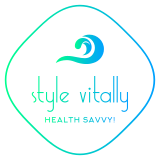
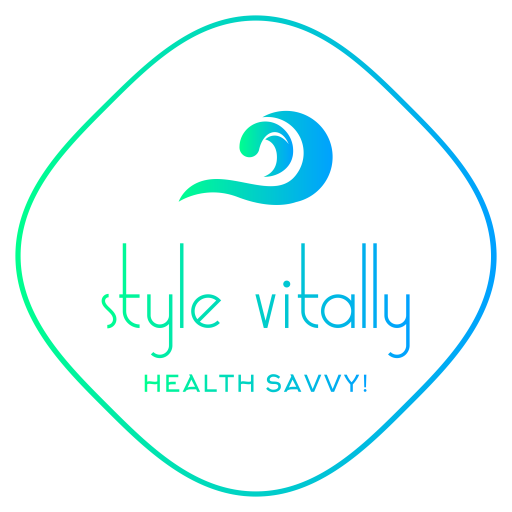
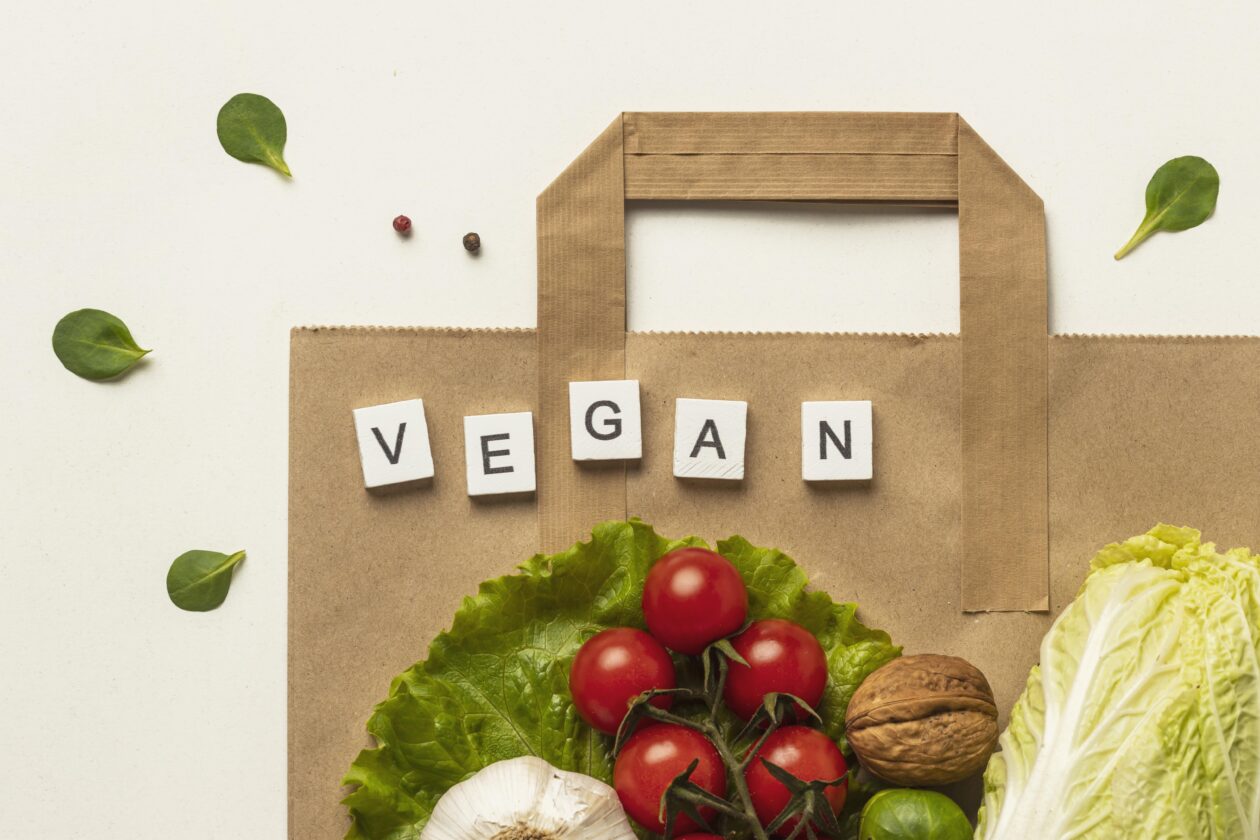
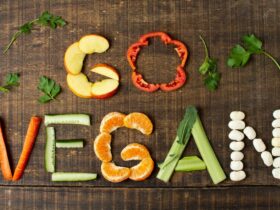

Leave a Reply
View Comments